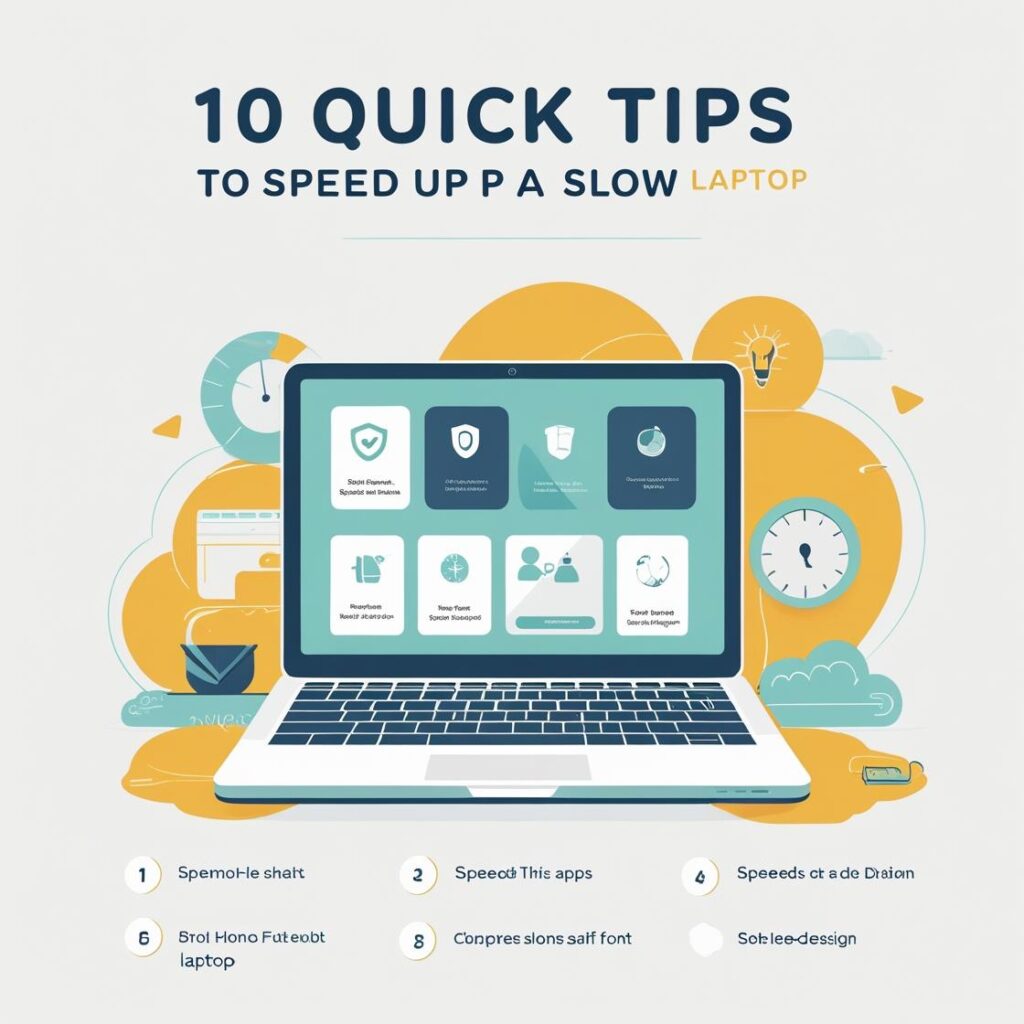Embarking on a meditation practice can feel daunting if you’re the type who values concrete evidence and quick results. Yet, mounting research shows that just a few minutes of mindful attention each day can improve focus, reduce stress, and boost overall well-being. This guide will walk you through approachable, science-backed steps designed to help even the most skeptical beginner experience the benefits of meditation.
اقرأ أيضاً: قائمة بأهم 10 كورسات مجانية في الذكاء الاصطناعي مع الروابط المباشرة
1. Understanding What Meditation Really Is
Contrary to popular belief, meditation isn’t about emptying your mind or sitting in uncomfortable postures for hours. At its core, meditation is the practice of training your attention and awareness. Whether you focus on your breath, bodily sensations, or a simple mantra, meditation teaches you to observe thoughts without judgment. Think of it as mental fitness: just as lifting weights strengthens muscles, focused attention builds mental resilience.
اقرأ أيضاً: كيفية الحصول على منحة دراسية مجانية
Key points:
اقرأ أيضاً: كيف تستيقظ مبكرًا دون الشعور بالتعب
- Attention training: Learning to redirect wandering thoughts back to a focal point.
- Non-judgmental observation: Not labeling thoughts “good” or “bad,” but simply noticing them.
- Accessibility: You can meditate sitting, standing, walking, or lying down—whatever feels comfortable.
By dismantling myths and reframing meditation as a practical skill, you’ll be more open to giving it a genuine try.
اقرأ أيضاً: كيف تتفوق في أي مقابلة عمل: 10 نصائح من الخبراء
2. Why Skeptics Should Give It a Chance
You might ask, “What evidence supports meditation’s benefits?” Scientific studies reveal consistent gains in areas such as stress reduction, emotional regulation, and cognitive performance. For instance, an eight-week mindfulness program at UCLA found measurable increases in gray matter density in brain regions associated with learning and memory (Hölzel et al., 2011). Even short daily sessions—10 to 15 minutes—have been linked to lower cortisol levels and improved attention spans.
اقرأ أيضاً: كيف توفر 1000 دولار في 30 يومًا
If data convinces you more than anecdotes:
اقرأ أيضاً: كيفية كتابة سيرة ذاتية متميزة
- Cognitive benefits: Better focus, memory, and decision-making.
- Emotional balance: Reduced anxiety and depression symptoms.
- Physical health: Lower blood pressure, improved sleep quality.
Approaching meditation as a low-risk “experiment” can satisfy your rational mind while letting personal experience confirm its value.
اقرأ أيضاً: كيف تحول عملك الجانبي إلى مشروع بدوام كامل
3. Getting Started: Choosing the Right Environment
Setting the stage for meditation doesn’t require elaborate equipment or a special room. The key is consistency and comfort. Look for a quiet corner where you won’t be disturbed for your chosen time. If possible:
اقرأ أيضاً: كيفية تسريع الكمبيوتر المحمول البطيء في 10 دقائق
- Minimal distractions: Turn off notifications, dim harsh lights, and let family or roommates know you’re “unavailable.”
- Comfortable seating: A cushion, chair, or even a yoga mat works. Aim for an upright position with a straight spine.
- Personal touches: Candles, soft lighting, or a timer can make the practice feel more intentional.
Consistency in location primes your brain to shift into “meditation mode.” Over time, merely entering your chosen spot can cue your mind to settle.
اقرأ أيضاً: كيف تبني روتينًا صباحيًا يعمل بالفعل
4. Selecting a Beginner-Friendly Technique
There are various meditation styles, but beginners often find these approaches most accessible:
اقرأ أيضاً: كيف تبدأ مدونة تقنية من الصفر
- Mindful Breathing: Focus your attention on the natural flow of inhalation and exhalation.
- Body Scan: Progressively shift attention through different body parts, noticing sensations.
- Guided Meditation: Use audio recordings or apps (e.g., Headspace, Insight Timer) to lead you.
- Loving-Kindness (Metta): Silently repeat phrases wishing well-being to yourself and others.
Experiment with each style for a week. Track which feels easier to maintain and which produces subtle shifts in stress or mood. Your personal preference will drive long-term commitment.
اقرأ أيضاً: كيف تبدأ الرسم (حتى لو كنت تعتقد أنك لا تستطيع)
5. Structuring Your First Sessions
Rather than diving into lengthy sessions, start small:
اقرأ أيضاً: كيف تخطط لعطلة عائلية سيحبها الجميع
- Duration: Aim for 5 minutes on day one, then add one minute each day until you reach 15–20 minutes.
- Timing: Meditate at the same time daily—early morning or before bed are popular choices.
- Cue habits: Pair meditation with an existing ritual (e.g., after your morning coffee) to build consistency.
Use a simple stopwatch or timer with a gentle chime. Avoid novelty timers that jolt you from your practice—opt for soft, non-intrusive bells.
اقرأ أيضاً: كيف تتعلم الجيتار بنفسك
6. Dealing with Doubt and Distraction
Even seasoned meditators contend with skepticism and wandering minds. When doubts arise (“Is this really helping?”) or distractions pull you away, practice these strategies:
اقرأ أيضاً: كيف تحزم خفيفًا لرحلة لمدة أسبوعين
- Acknowledge and release: Notice the thought (“I’m doubting this works”), label it, then let it drift away.
- Return to the anchor: Gently bring your attention back to your breath or mantra.
- Be patient: Progress is gradual. Celebrate small victories, such as a slightly calmer mind after your session.
By reframing distractions as part of the process—rather than failures—you cultivate resilience and self-compassion.
اقرأ أيضاً: كيف تكتب أول قصة قصيرة لك
7. Tracking Progress and Staying Motivated
Skeptics often ask, “How can I know if this is doing anything?” Keep a simple meditation journal:
اقرأ أيضاً: كيف تسافر عبر أوروبا بميزانية محدودة
- Date & duration: Record how long you meditated each day.
- Pre- and post-session mood: Rate stress or calm on a 1–10 scale.
- Observations: Jot down any physical sensations, emotional shifts, or spikes in focus.
After two weeks, review your entries. You may notice patterns—like reduced stress ratings—that validate the practice and fuel motivation.
اقرأ أيضاً: كيف تحمي خصوصيتك على الإنترنت: دليل المبتدئين
8. Integrating Mindfulness into Daily Life
Meditation isn’t limited to formal sittings. Cultivate mindfulness in everyday moments:
اقرأ أيضاً: كيف تساعد الأطفال على بناء عادات دراسية أفضل
- Mindful eating: Focus on taste, texture, and aroma of each bite.
- Mindful walking: Notice footfalls, shifting weight, and contact with the ground.
- Mindful pauses: Take a few deep breaths before transitioning between tasks.
These micro-practices reinforce your formal meditation, creating a thread of presence throughout the day.
اقرأ أيضاً: كيفية العثور على الجواهر الخفية في أي مدينة
9. Overcoming Common Obstacles
Many beginners encounter hurdles. Here’s how to navigate them:
- Time constraints: Even 3 minutes counts. Schedule mini-sessions during breaks.
- Physical discomfort: Adjust posture, use props, or try a chair if sitting cross-legged hurts.
- Impatience: Treat meditation as skill development. Your brain is learning new pathways—change takes time.
When obstacles arise, revisit your initial “why.” Reconnecting with your goals—stress relief, better sleep, sharper focus—keeps you on track.
10. Advancing Your Practice
Once you’ve established a consistent routine (4–6 weeks), consider deepening your practice:
- Silent retreats: Even a half-day silent retreat can sharpen awareness.
- Group sittings: Meditating with others fosters accountability and inspiration.
- Teacher guidance: Explore local meditation centers or online courses for personalized feedback.
- Diverse techniques: Venture into visualization, Zen, or mantra traditions to find new challenges.
Remember, advanced practices aren’t superior—they’re simply different ways to train attention and cultivate insight.
Conclusion
Meditation is less about mystical experiences and more about practical mental training. By starting small, tracking your progress, and treating doubts as part of the journey, even the most skeptical individuals can unlock its benefits. Embrace curiosity over judgment, and you’ll likely find that a few mindful minutes each day can transform how you respond to life’s stresses.



